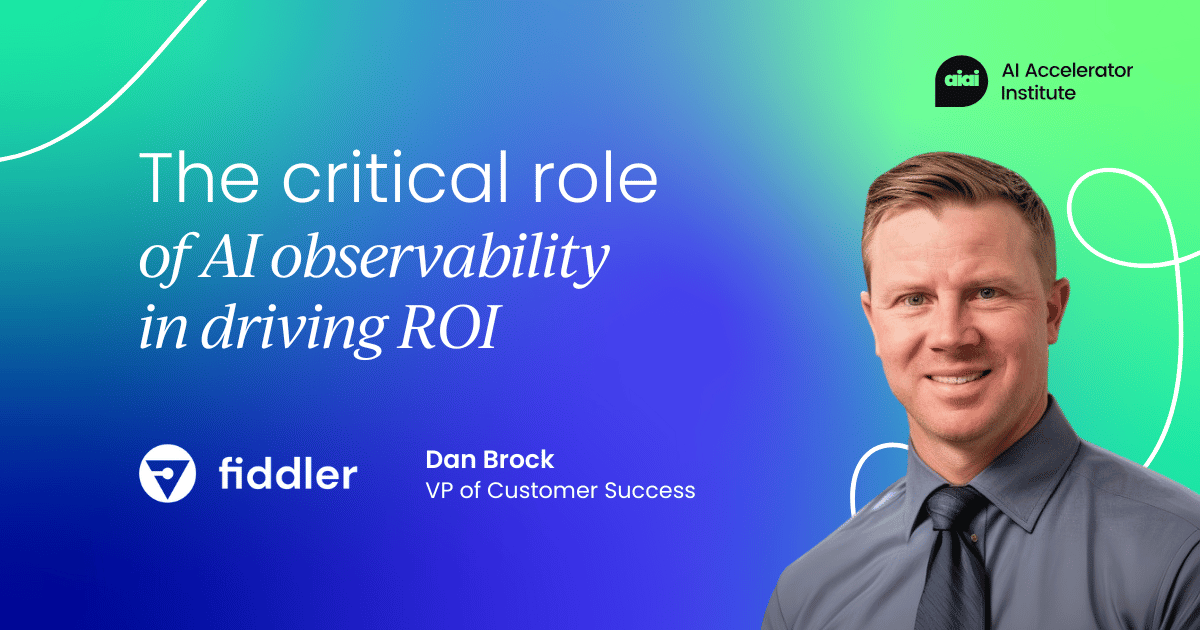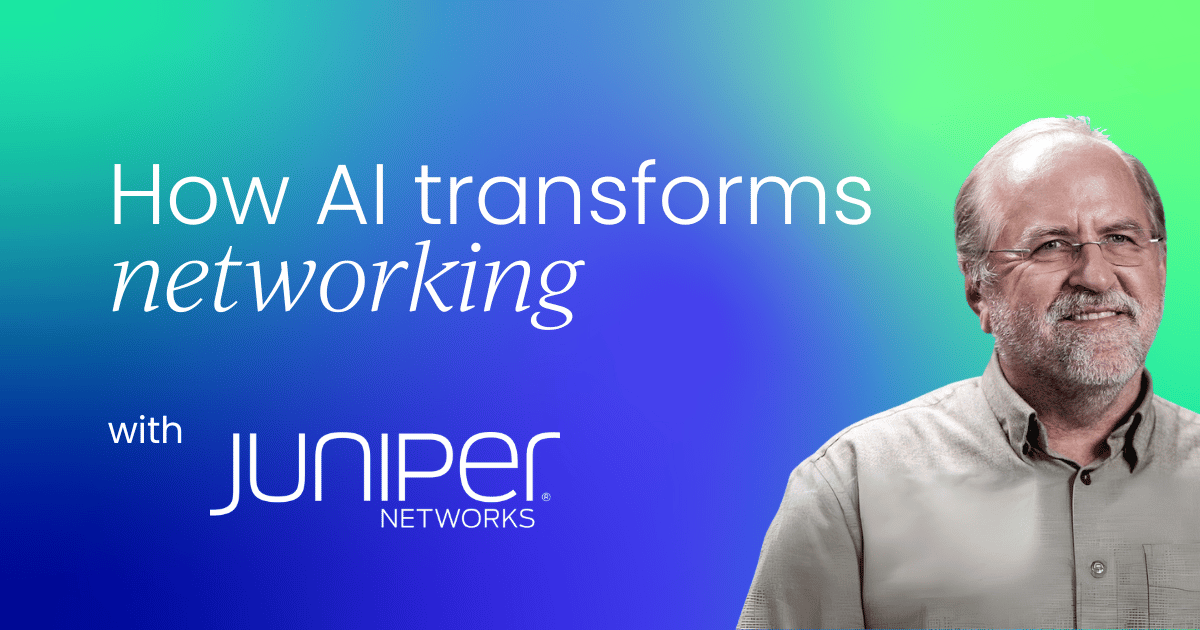What does it take for a technology to move from hype to something we can’t imagine living without?
Over the last 40 years, I’ve watched that journey happen again and again. Since the start of my career in the 80s, I’ve seen computers change the workplace, cellular networks connect the world, the internet redefine society, and Wi-Fi make mobility an expectation instead of a luxury.
And now, we’re watching the same story unfold with artificial intelligence.
When I co-founded Mist Systems in 2014, most customers told me AI wasn’t relevant to their business. Even most investors didn’t see it as a safe bet.
Fast forward a decade, and AI has gone from a research project to an essential tool in networking and beyond. The conversation has shifted from “is AI real?” to “how do we separate real AI from the hype?”
That’s the journey I want to share in this article: how enterprises are adopting AI, why networking is such a critical frontier, and where I believe this technology is taking us next.
Let’s dive in.
The shifting perception of AI
The most amazing part of this journey has been watching perception change. Ten years ago, AI was a bunch of marketing hype to most enterprises. Today, when I ask customers where they are on their AI journey, most tell me they’ve moved past curiosity into active adoption.
Of course, that doesn’t mean the confusion is gone. Many still struggle to tell the difference between real AI and what I jokingly call “fancy math.” But here’s the thing: they don’t have to know the difference. What they do know is that when AI is running in their networks, the number of trouble tickets drops, resolution times shrink, and their users are happier.
That’s the real test. Not whether something qualifies as deep learning or statistics – but whether it improves the user experience.

Real-world proof: Case studies from the field
I’ve seen this play out again and again.
At Dartmouth College, for example, the provost was having a poor Zoom experience in his office. He had his own access point – on paper, everything should’ve been fine. But when we dug in with AI-driven analytics, the “fancy math” revealed something no one expected: the problem wasn’t in his office at all.
It was students walking by at lunchtime, interfering with his connection. Without AI, that’s the kind of needle-in-the-haystack issue that could take weeks to diagnose.
Another case: ServiceNow’s office in India. For years, users there struggled with Zoom performance, and no one could figure out why. Our AI revealed the culprit: packets were being routed all the way back to Australia through a misconfigured VPN gateway. Again, the kind of hidden complexity humans alone struggle to catch.
And it’s not just networking.
In healthcare, AI is helping doctors spend more time with patients instead of typing notes. In higher education, AI is helping students find the right classes and even acting as virtual assistants in 300-student biology lectures. In agriculture, computer vision now allows farmers to identify and treat individual weeds with minimal pesticide use. And in transportation, companies like Waymo are proving that autonomous vehicles aren’t science fiction anymore.
Across all these industries, AI is no longer experimental – it’s mainstream, and networking is right there alongside them.




 Follow us on LinkedIn
Follow us on LinkedIn




